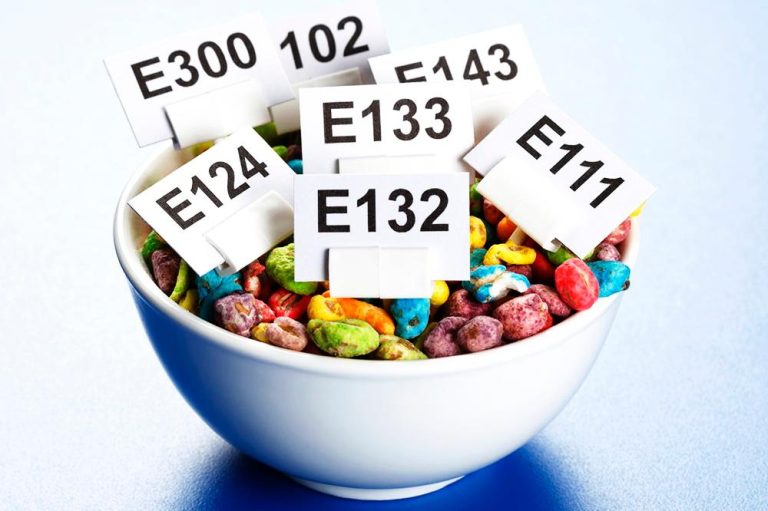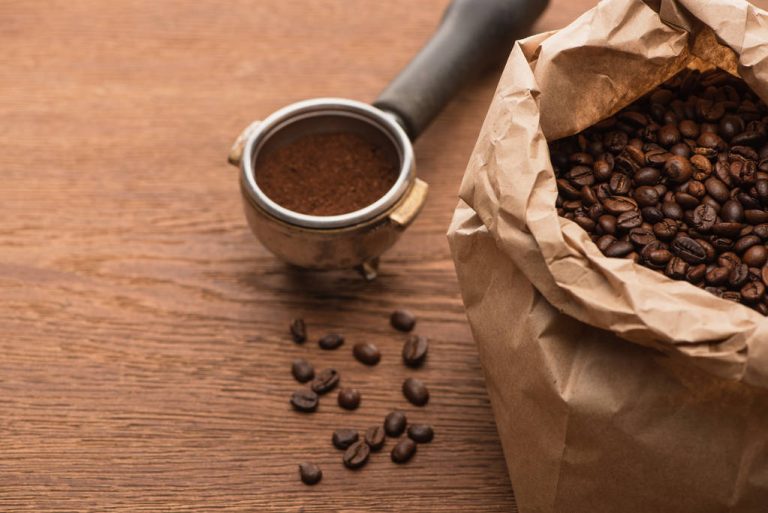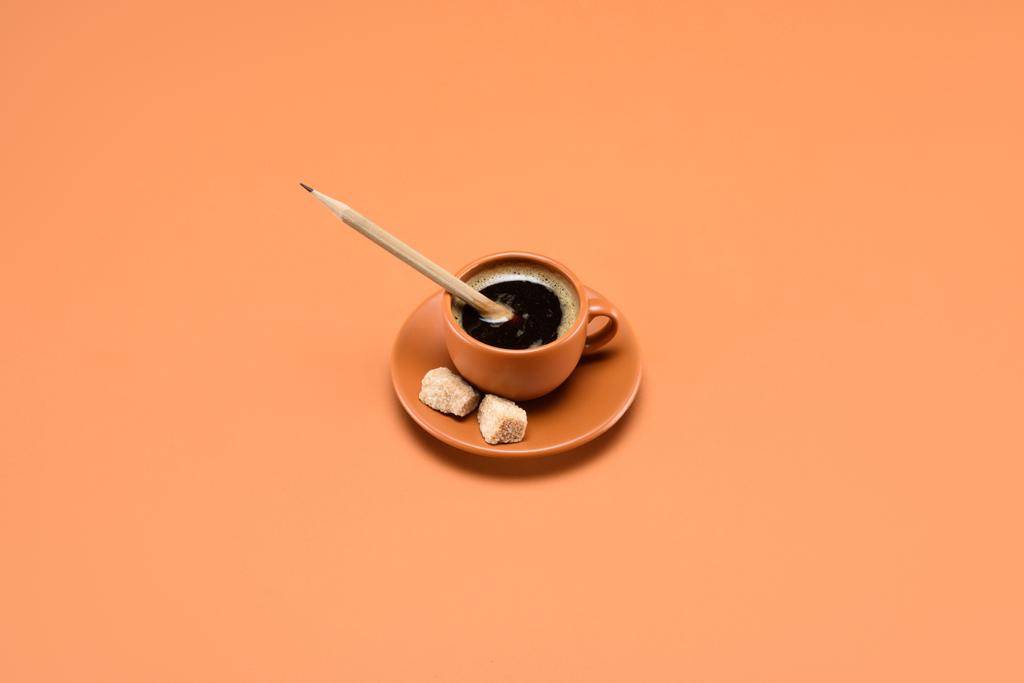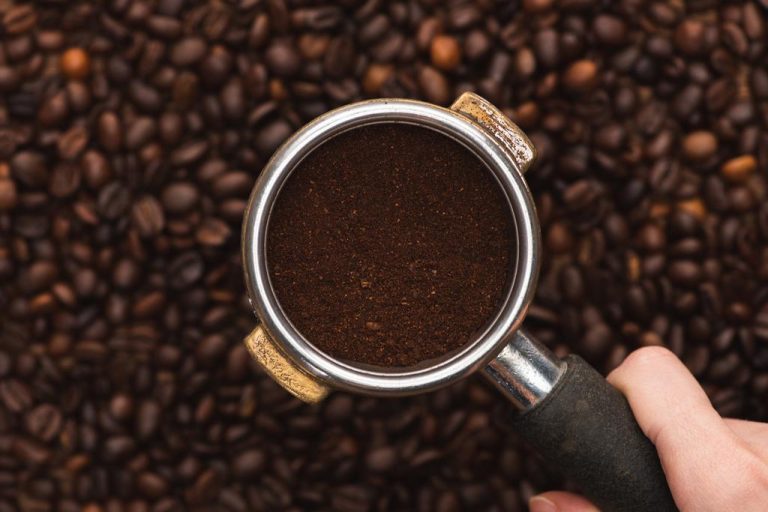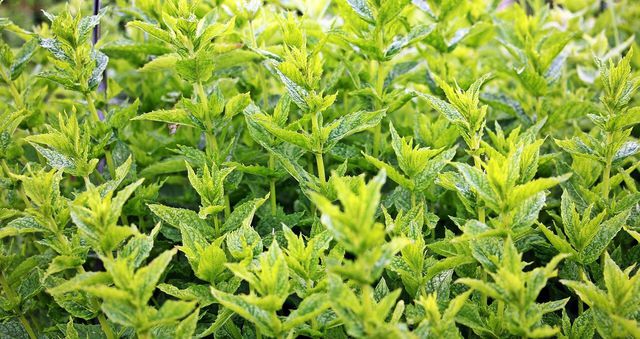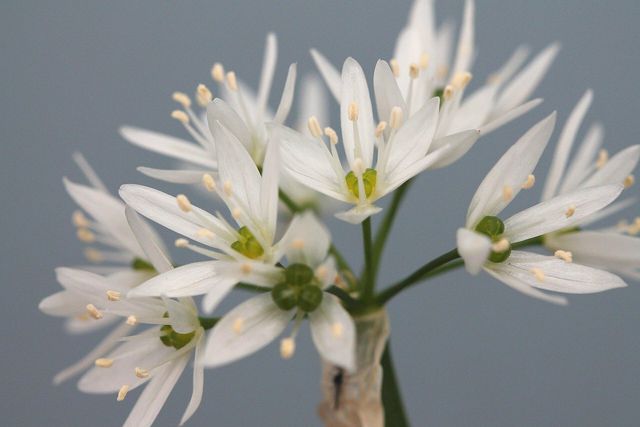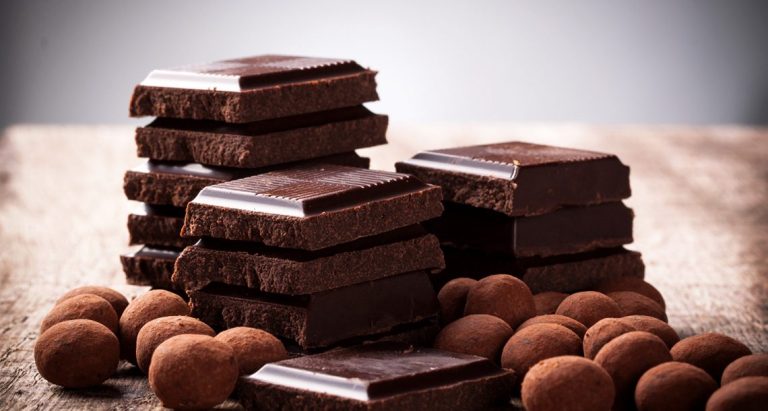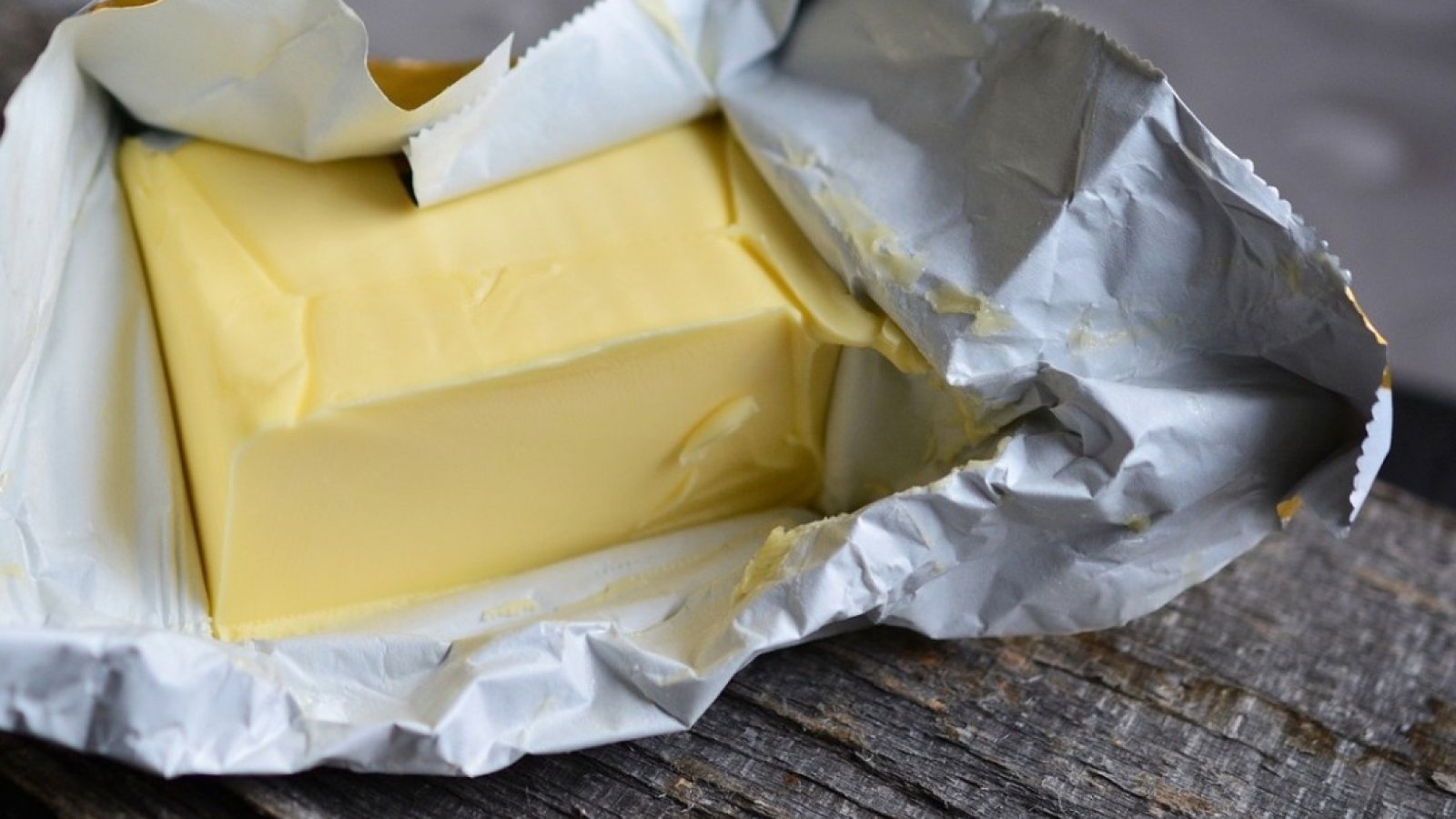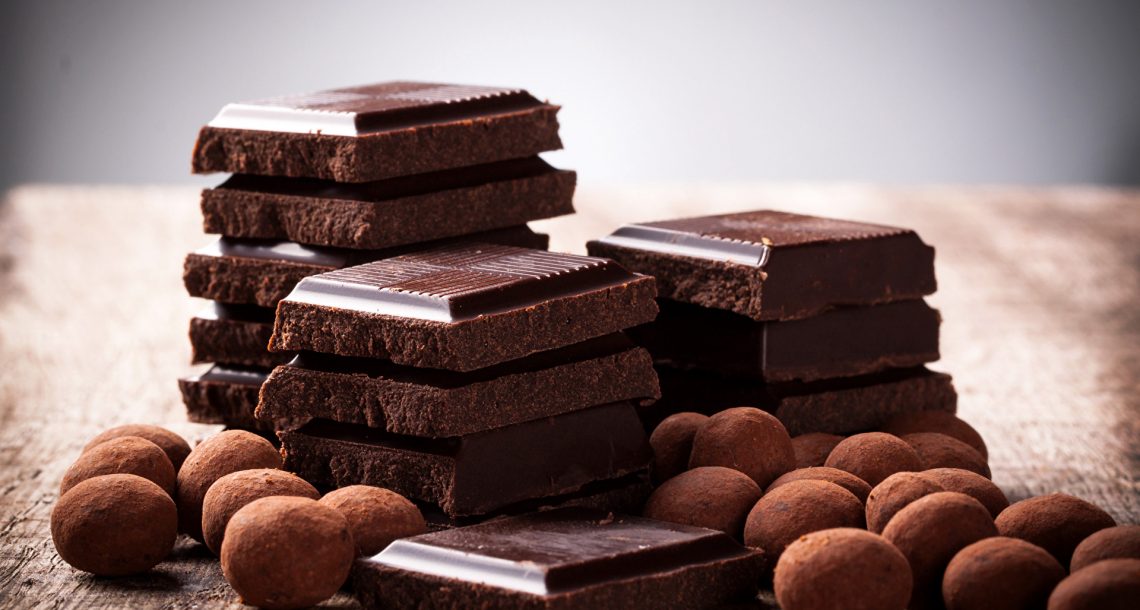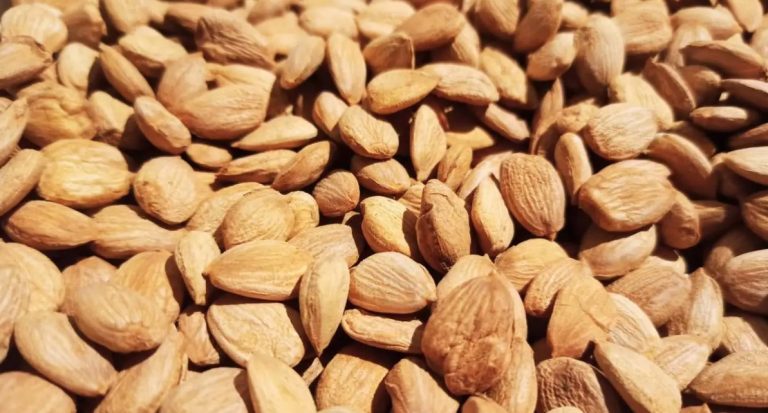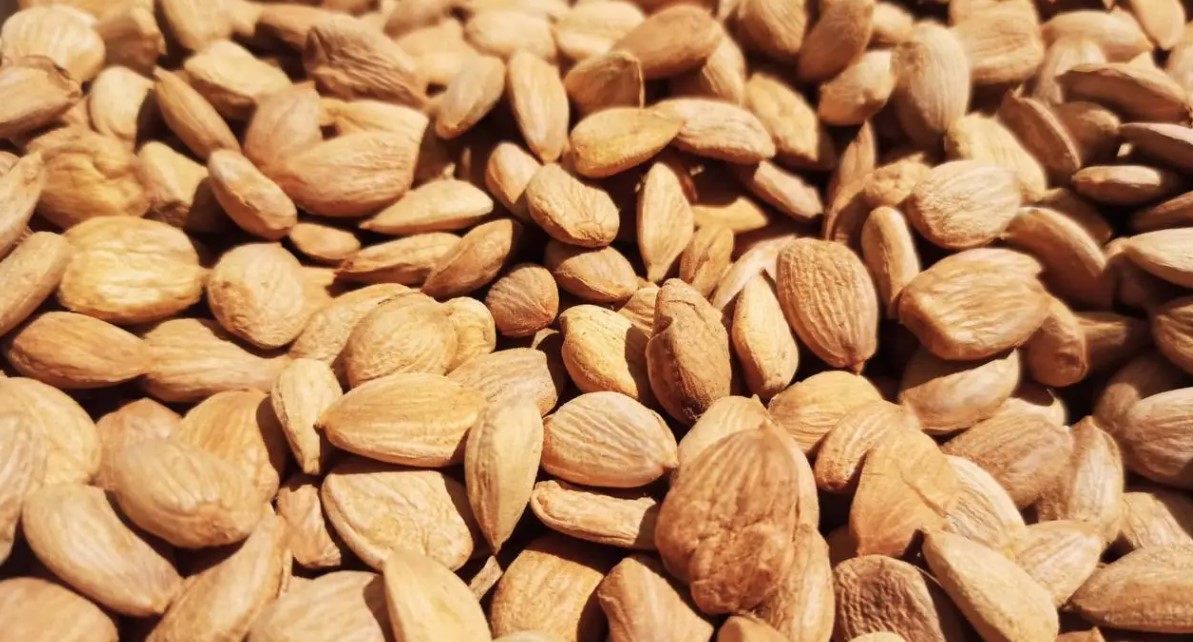E numbers do not have a good reputation. Rightly so: food additives can lead to allergies and trigger diseases. But which E numbers should you really avoid?
They are found in many foods and give themselves inconspicuous names: additives with E numbers, many of which are suspected of being unhealthy. Utopia gives you an overview as a list.
What does the E stand for?

“E number” is actually just another name for food additives that are approved in the EU – the “E” in “E number” stands for Europe. Interesting: Up until 1993, only 265 E numbers were permitted in Germany. The harmonization of laws in the EU has meant that over 300 different E numbers can now be used.
There are many different additives with different functions:
Antioxidants: prevent fats from going rancid and ensure a longer shelf life
Emulsifiers: combine substances that are not miscible with each other, such as oil and water
Dyes: make food a bit more colorful and bright
Thickeners: ensure a nice consistency, for example with pudding or ice cream
Flavor enhancers: spice up the taste
Preservatives: inhibit microorganisms and ensure a longer shelf life
Sugar substitutes: used as a sugar substitute
E-numbers: useful, but also suspicious…
E numbers are therefore added in order to make foods last longer, to improve consistency, to simplify technological processes or to increase the enjoyment value.
But food additives not only have good properties: Many are suspected of triggering allergies and promoting diseases such as asthma, neurodermatitis, Alzheimer’s or even cancer.
In recent years, customers have become more critical. And the food manufacturers have actually reacted: in supermarkets there is hardly an E number left on the packaging.
How can that be? Because the manufacturers now like to use the name of the additive instead of E numbers: “Citric acid” sounds much more harmless than “E330”.
Therefore, a list of ingredients on which no E-numbers can be seen does not mean that the content is actually free of additives. A critical look at the list of ingredients is always worthwhile.
In the case of packaged foods, you still have the opportunity to check the ingredients on the packaging. It’s a bit more complicated at the bakery or at the kebab shop during the lunch break – who really asks the seller what’s in it (and asks if the answer is “Only healthy things!”).
But you should do it with the questions. Because since December 2014, bakers, butchers, snack bars, restaurants and ice cream parlors have had to have written information about the ingredients at hand. In addition, a label next to the goods must indicate whether additives have been used.
E number list: You should avoid these additives

Incidentally, not all E numbers are bad: about half of the food additives are considered harmless. Around 40 E numbers are even approved for organic food.
E102 – Tartrazine
The E number E102 is found in mustard, custard powder, processed cheese, as well as drinks and sweets. Tartrazine is an artificial yellow dye with a high allergy potential, especially in people who are sensitive to aspirin or benzoic acid. E102 is also of concern for people with asthma or neurodermatitis.
Tartrazine has been linked to health effects such as difficulty breathing, skin rashes or blurred vision, and can affect children’s activity and alertness. The dye E102 is banned in Norway. In Germany and Austria, the ban was lifted as part of a harmonization of EU laws. The consumer centers advise against the consumption of larger quantities.
E104 – Quinoline Yellow
Jelly, effervescent powder, chewing gum, smoked fish and fruit wines – the E number E104 is only permitted for such foods, and only in small quantities. The yellow dye quinoline yellow is suspected of causing cancer and is banned in the US, Japan and Norway. E104 can cause allergies and affect children’s activity and attention.
E110 – Yellow Orange S
The dye E110 colors products such as wine gum, salmon substitutes or cheese yellow-orange. In animal experiments, the additive led to kidney tumors. Yellow orange S is probably a trigger for asthma and neurodermatitis and is considered an allergy-triggering agent for people who are sensitive to aspirin and benzoic acid (E210). The dye E110 can affect children’s activity and attention. The consumer centers advise against the consumption of larger quantities.
E122 – Azorubine (carmoisine)
The red dye E122 is found in ready-made products and ready-made soups, but also in drinks and sweets. Azorubine can cause allergies, especially in people who are sensitive to aspirin and benzoic acid. In addition, the red dye E122 can impair children’s attention and activity. The consumer centers advise against the consumption of larger quantities.
E123 – Amaranth
Amaranth does not mean the grains here, but the red dye E123. Amaranth is only allowed for spirits, aperitif wines and caviar. It is even banned in the USA because it is suspected of causing cancer. In animal experiments, E123 caused calcium deposits in the kidneys. This dye is also of particular concern for people with an aspirin or benzoic acid allergy and could be a trigger for neurodermatitis and asthma.
E124A – Chochineal Red A
The red dye Chochineille A or E124A is what gives the salmon substitute its beautiful red colour. It is also found in chorizo sausage, fruit jelly and other confectionery. E124A is considered to be allergenic and may affect children’s activity and attention. Consumer advice centers advise against consuming large quantities.
E127 – Erythrosine
The red dye is only permitted for cocktail cherries, candied cherries or fruit salads containing cherries. The E number E127 can release iodine into the body and impair thyroid function. People with thyroid disorders should not eat foods with erythrosine, so avoid cocktail cherries and candied cherries of all kinds. The dye E127 can disturb children’s attention and cause allergies.
E129 – Allura Red AC
We still know very little about this red dye: Hardly any research has been published, so the effects of E129 have not yet been conclusively assessed.
In Germany, the dye can be found in sweets, desserts and drinks. The E number E129 is banned in Denmark, Sweden, Belgium, France and Switzerland. People with aspirin or benzoic acid allergy, asthma or neurodermatitis should avoid the E number. Allura Red AC may affect children’s activity and attention.
E142 – Green S
Peppermint candies or canned peas, but also drinks, cosmetics, wool, leather and paper are colored with the green dye E142. One may ask oneself why peas have to be colored even greener. Although the body excretes the E number largely unchanged within 7 hours, E142 is banned in the US, Canada, Japan and Norway. The additive Grün S is suspected of promoting Alzheimer’s and has led to genetic damage in animal experiments.
E150C – Ammonia Caramel
Ammonia – isn’t that toxic? As “ammonia caramel” not directly. You’ve probably already eaten E150C: it’s in cola, whiskey and mustard sauces, for example, and is what gives it the brown color. Ammonia caramel is made from sugar compounds using ammonia, and genetically modified corn can be used. By-products of the E number led to cramps in animal experiments and impaired the immune system. In the USA, the dye E150C is suspected of causing cancer. Consumer centers advise against frequent consumption of the E number.
Incidentally, Coca-Cola does not have the E number: instead of E150C, Coca-Cola is made pretty brown with the dye E150D. Unfortunately, the additive ammonium sulfite caramel is not much better than ammonia caramel: In the USA, a by-product of E150D that is difficult to avoid is suspected of causing cancer: 4-methylimidazole (source: BfR). The E number may contain a toxic compound that caused blood changes and convulsions in animal studies.
E151 – Brilliant Black BN
Caviar substitute, liquorice, but also shampoos or liquid soaps are colored violet, brown or black with the dye E151. The food additive Brilliant Black BN is considered to cause allergies in people who are sensitive to aspirin and benzoic acid and should also be avoided by people with asthma or neurodermatitis. Consumer centers advise against consuming large quantities.
E154 – Brown FK
The E number E154 can damage internal organs due to deposits. Consumer centers advise against consuming large quantities. The good news: The dye Braun FK is only in smoked herring from England (Kippers) anyway, it is not approved for anything else. The food additive Braun FK should be avoided by people with aspirin and benzoic acid allergies, asthma or neurodermatitis.
E155 – Brown HT
The reddish-brown colorant E155 is primarily used to color sweets such as cakes, biscuits, ice cream and chocolate. However, consumer advice centers advise against consuming the food additive, since the E number is particularly questionable for people with neurodermatitis, asthma and an allergy to aspirin or benzoic acid.
E 171 – Titanium dioxide
Titanium iron white dye is used as a coating for chewing gum or candy. The possible risks of titanium dioxide are currently being discussed: In animal experiments, diseases of the immune system and damage to the large intestine occurred. In addition, there were cellular changes in mice, and it is unclear whether the additive might not have a carcinogenic effect.
According to the German Federal Institute for Risk Assessment, there is still a need for research into this E number, but the data so far do not indicate any health concerns. In France, however, the approval of titanium dioxide for 2020 was suspended because, according to the French health authority, no clear risk assessment is possible.
E173 – Aluminum
We know aluminum as an ingredient in deodorants. Aluminum is suspected of causing Alzheimer’s, dementia and breast cancer, which is why many consumers are looking for aluminum-free deodorants, for example. However, as a silver-grey colorant, E173 is approved for coatings on confectionery and decorations on cakes and pastries. The body partially stores aluminum. The E number E173 should be avoided by people with kidney disease. More about aluminum in the article How harmful is aluminum?
E180 – Litholrubin BK
The red food coloring E180 is only approved for cheese rind – even if it can be eaten. The additive Litholrubin BK is of particular concern for people with pseudoallergies (e.g. asthma or neurodermatitis) and people who are allergic to aspirin or benzoic acid.
E239 – Hexamethylenetetramine
The preservative hexamethylenetetramine can cause allergies. Consumer centers advise against frequent consumption. But don’t worry: the food additive E239 is only approved for the Italian cheese type Provolone anyway. The E number kills microorganisms and prevents the cheese from “puffing up”. The preservative is also used in medicines and cosmetics.
E284 – boric acid
Boric acid, also known as the food additive E284, has caused poisoning in the past – the preservative is therefore only approved for caviar. Traditionally, caviar is preserved with salt, and manufacturers add boric acid to make it last longer. The E number cannot be broken down and accumulates in the body. Frequent consumption of E284 causes diarrhea and internal organ damage – but the probability of this in everyday life is rather low.
E285 – Sodium tetraborate (borax)
The preservative E285 is a variant of boric acid and also only approved for caviar. The food additive borax cannot be broken down and accumulates in the body. With long-term intake, the E number causes diarrhea and internal organ damage.
E385 – Calcium disodium ethylene diamine tetraacetate (Calcium disodium EDTA)
Antioxidant E385 is only approved for cans, jars, margarine and frozen crustaceans and prevents discoloration of these foods. Since calcium disodium EDTA binds minerals, the E number can have a strong influence on the metabolism.
But the additive isn’t always bad: the food additive E385 is also used as a drug to treat heavy metal poisoning.

E407 – Carrageenan
Carrageenan is a thickening agent chemically derived from red algae and is often used in cream, pudding, ice cream and other dairy products. If it consists of large molecules, it is largely considered harmless. Small molecular carrageenan varieties are mostly banned because they are proven to be harmful to health. However, impurities of up to 5 percent are allowed – so you should better avoid carrageenan in food.
Various studies suggest that carrageenan is probably carcinogenic. It is also suspected of triggering intestinal diseases and allergies. The World Health Organization (WHO) does not issue an official warning, but recommends a maximum dose of 75 mg/kg body weight.
E425 – Konjac
Konjak is obtained from the so-called devil’s tongue: the root of the Asian plant is processed into flour for this purpose. Konjac is used in glass noodles and Far Eastern specialties.
The E number E425 cannot be absorbed by the body. So far harmless, but E425 increases the intestinal contents and hinders the absorption of important nutrients. In the EU, the use of E425 in jelly confectionery is already banned because the thickening agent can get stuck in the throat and has caused choking attacks in children.
E512 – Tin II chloride
Stannous Chloride is used as an antioxidant and color stabilizer. The E number E512 is only permitted in cans and jars and is used, for example, to preserve the light color of the asparagus in the jar. In high concentrations, the E number E512 has a metallic aftertaste and causes nausea and vomiting.
E999 – Quillaja extract
The E number E999 is obtained from the bark of the Quillaja tree and is only approved for drinks such as ginger ale or cider. It is a foaming agent that stabilizes the foam in the drink. Quillaja extract contains blood toxins (saponins): saponins taste bitter, form foam and are toxic when they enter the bloodstream.
E999 was only approved in Germany through the harmonization of EU laws. A daily intake of 1.75 liters of ginger ale for a body weight of 70 kilograms corresponds to the permitted daily dose.

